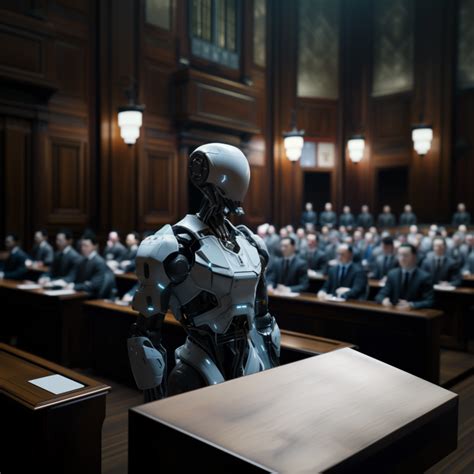How Do Deepfakes Affect Information Credibility?
What Are Deepfakes and How Do They Impact Information Credibility?
Deepfakes, a portmanteau of “deep learning” and “fake,” refer to synthetic media in which a person’s likeness, voice, or movements are manipulated to create realistic yet fictitious content. With the rise of machine learning and artificial intelligence, deepfakes have gained widespread attention due to their ability to convincingly alter videos, images, and audio.
Deepfakes have significant implications for information credibility. In today’s digital world, where social media and digital news platforms are primary sources of information, deepfakes have the potential to mislead audiences by presenting fake information as real. This poses a threat to personal reputations, national security, and public trust in media.
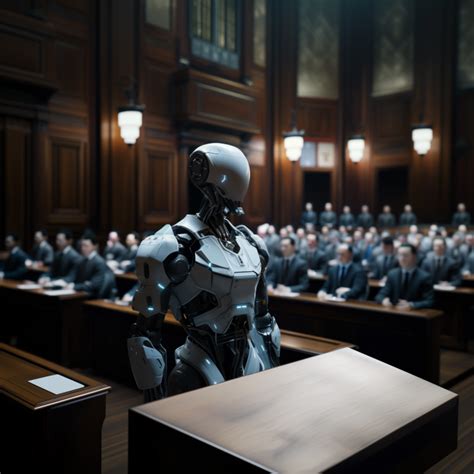
Below, we will explore the different aspects of how deepfakes impact information credibility and what measures are being taken to detect and mitigate them.
Why Are Deepfakes So Convincing?
Deepfakes are created using advanced machine learning algorithms, particularly Generative Adversarial Networks (GANs), which work by pitting two neural networks against each other. This “adversarial” process enables the deepfake to improve continually, creating a realistic final output.
GANs analyze hundreds or thousands of images of a subject to learn and replicate their likeness, resulting in digital manipulation that can be hard to distinguish from authentic media. Key reasons for their convincing nature include:
- High-Level AI Techniques: Deepfakes rely on sophisticated AI that evolves continuously.
- Access to Large Data Sets: The availability of vast online image and video libraries helps refine deepfake accuracy.
- Human-Like Movements and Expressions: GANs capture subtle details like facial expressions, gestures, and lighting, making deepfakes appear lifelike.
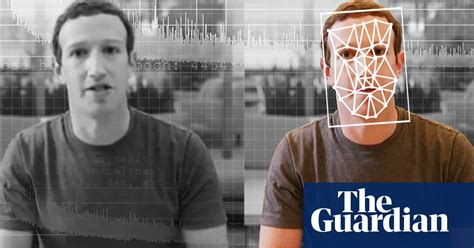
What Are the Risks Associated with Deepfakes?
Deepfakes carry a range of risks, from individual privacy concerns to large-scale societal threats. Some of the major risks include:
- Personal and Professional Reputations: False representations of individuals can damage reputations and relationships.
- Political Manipulation: Deepfakes have been used in political campaigns to spread false information and influence public opinion.
- Cybersecurity Threats: They open new avenues for cybercriminals to exploit individuals and organizations, such as by creating fake videos of CEOs to manipulate corporate actions.
- Distrust in Media: The ability to easily produce and share deepfakes undermines public trust in genuine media, posing a challenge to journalistic integrity.
How Are Deepfakes Detected?
Detecting deepfakes is a challenging but essential task. Multiple strategies and tools are in development to identify and counteract deepfakes:
- Forensic Analysis: This involves examining inconsistencies in video or audio content, such as unnatural lighting or odd facial movements.
- AI and Machine Learning Tools: AI-based algorithms are used to detect pixel anomalies or signs of tampering, comparing real and fake media characteristics.
- Watermarking and Metadata Analysis: Watermarks and digital signatures are embedded in content to verify authenticity.
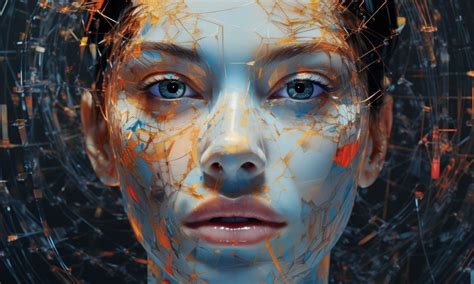
What Legal Measures Are in Place Against Deepfakes?
Governments and international organizations are beginning to recognize the need for legal frameworks to counter the misuse of deepfakes. Various legal measures include:
- Defamation Laws: Victims of malicious deepfakes can seek justice under defamation laws in some jurisdictions.
- Cybercrime Legislation: Certain laws address unauthorized digital manipulation, classifying it as cybercrime.
- Political Regulations: In several countries, deepfakes used to spread misinformation or influence elections are subject to stricter regulations.
What Can Individuals Do to Identify Deepfakes?
For individual users, recognizing deepfakes can be difficult. However, there are certain signs to look out for:
- Unnatural Eye Movements: Deepfakes may lack natural blinking patterns or have strange eye movements.
- Odd Shadows or Lighting: Light inconsistencies, especially on faces, can reveal a deepfake.
- Inconsistencies in Lip Movements: Audio and lip-syncing might not match perfectly in some deepfake videos.
How Do Deepfakes Affect Journalism and Media Integrity?
Deepfakes present a substantial challenge to journalism, where accuracy and credibility are paramount. Journalists now need to verify the authenticity of sources, especially in video and image-based reporting, to ensure the content they publish is genuine. Deepfakes also lead to increased mistrust in media as they blur the line between fact and fiction.
Various news organizations have started implementing rigorous verification processes and even partnering with AI companies to help detect and prevent the spread of deepfake content.
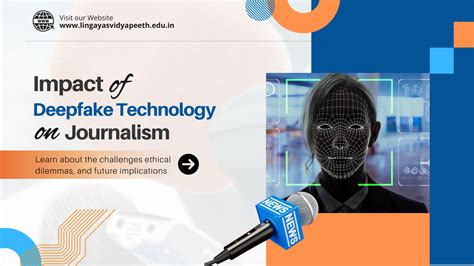
How Do Deepfakes Influence Public Trust?
Public trust in media, government, and other institutions is significantly impacted by deepfakes. When people begin to doubt the authenticity of content, it creates an environment of skepticism and fear. The “liar’s dividend” — where even real footage can be dismissed as fake — complicates the issue, allowing wrongdoers to avoid accountability by claiming real footage is fake.
Rebuilding public trust requires joint efforts from tech companies, governments, and media organizations to establish verification standards and promote awareness.
What Are the Potential Positive Uses of Deepfake Technology?
While deepfakes are often associated with negative consequences, there are positive applications as well. Deepfake technology has been utilized in the film industry, for educational purposes, and in virtual reality to recreate historical figures or simulate various scenarios for learning.
Here are some constructive applications of deepfake technology:
| Application | Description |
|---|---|
| Entertainment | Used in movies and TV shows to recreate actors or historical figures. |
| Education | Simulating historical events or figures to enhance learning. |
| VR and AR | Enhancing virtual experiences in virtual and augmented reality. |
FAQ
-
What are deepfakes, and why are they concerning?
-
Can deepfakes be detected reliably?
-
What risks do deepfakes pose to society?
-
Are there any legal repercussions for creating harmful deepfakes?
-
What positive uses exist for deepfake technology?
-
How can individuals spot a deepfake?
-
How do deepfakes impact journalism and media credibility?

